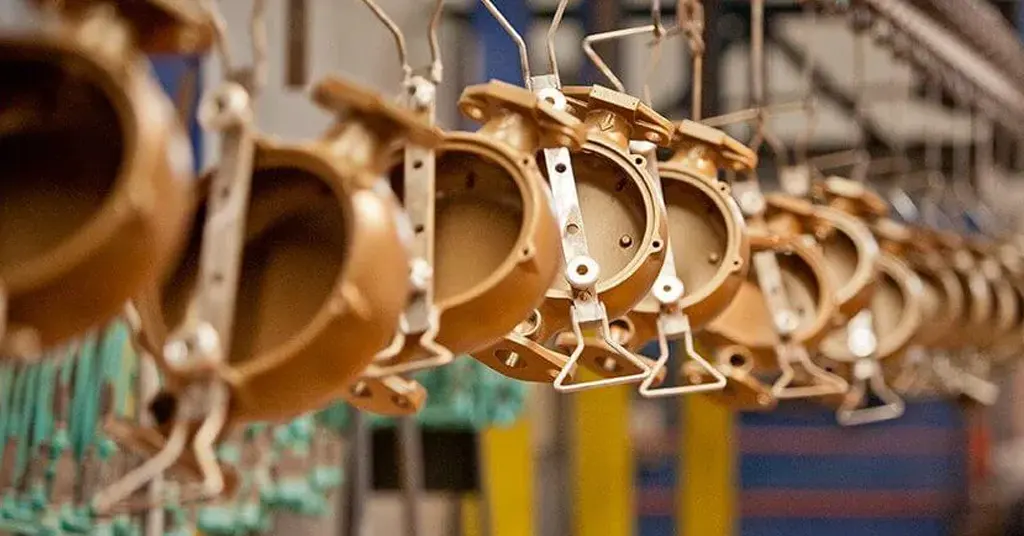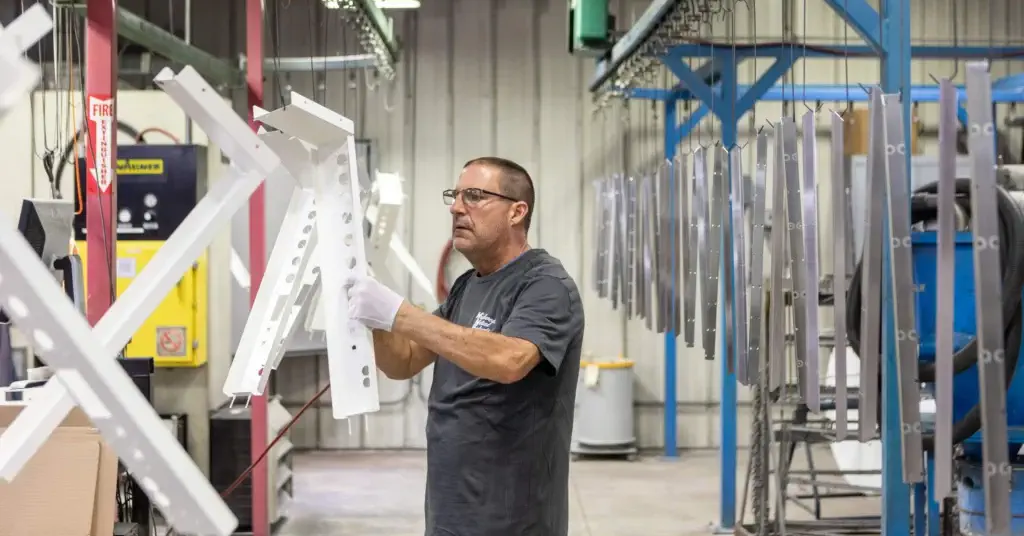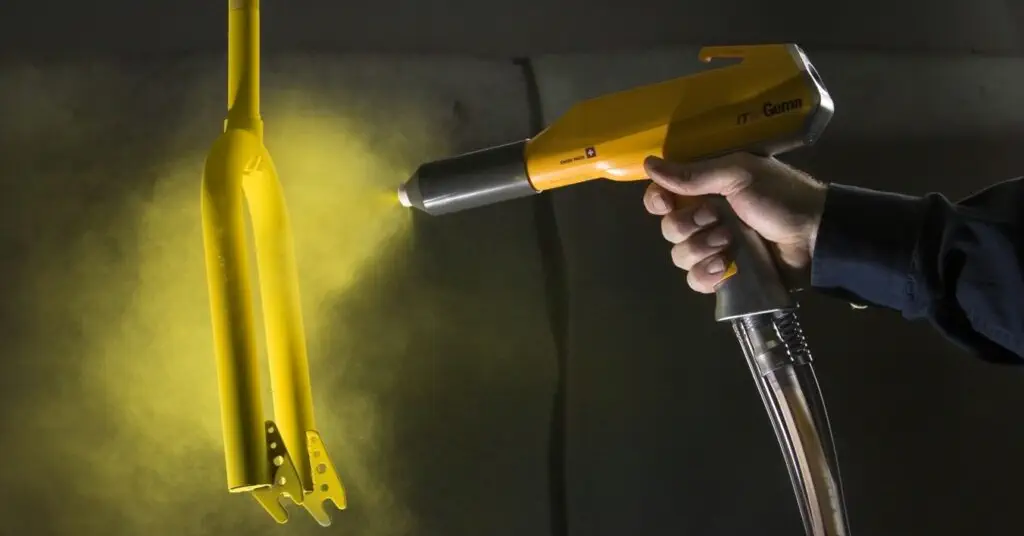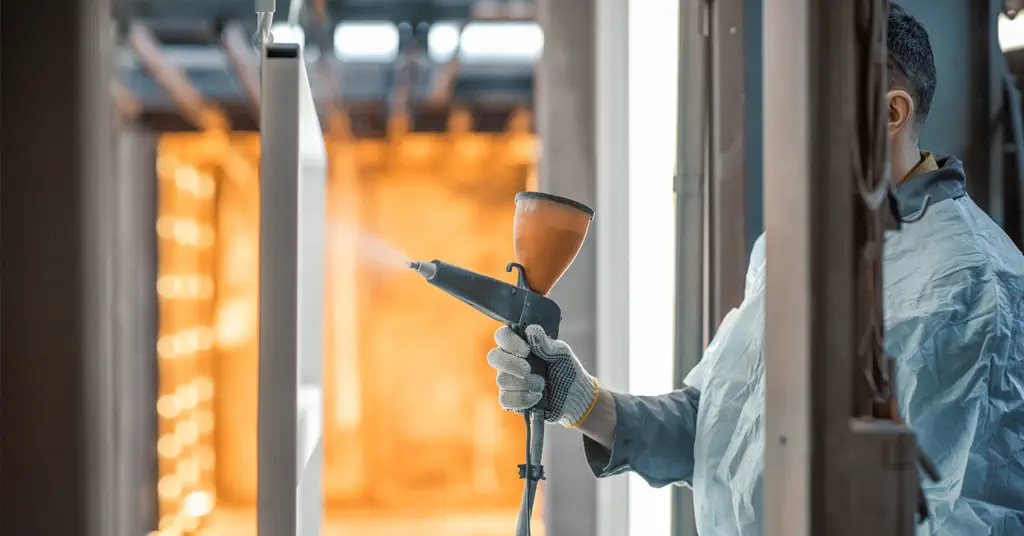Comparison of corrosion resistance between galvanizing and powder coating
In modern construction and manufacturing, the corrosion resistance of metal products is one of the key factors to ensure long-term use and extend product life. Both galvanizing and powder coating have been receiving much attention in the field of corrosion protection, each providing protection to metal surfaces in unique ways. This article will take an in-depth look at the corrosion resistance of galvanized and powder coatings and explore how they perform under different environmental conditions. Whether you are a manufacturing professional, a construction engineer or a consumer interested in the care of metal products, understanding the differences between these two forms of protection will help you make informed decisions when selecting and using metal products. Let’s dig in and uncover the pros and cons of both technologies when facing corrosion challenges.
Table of Contents
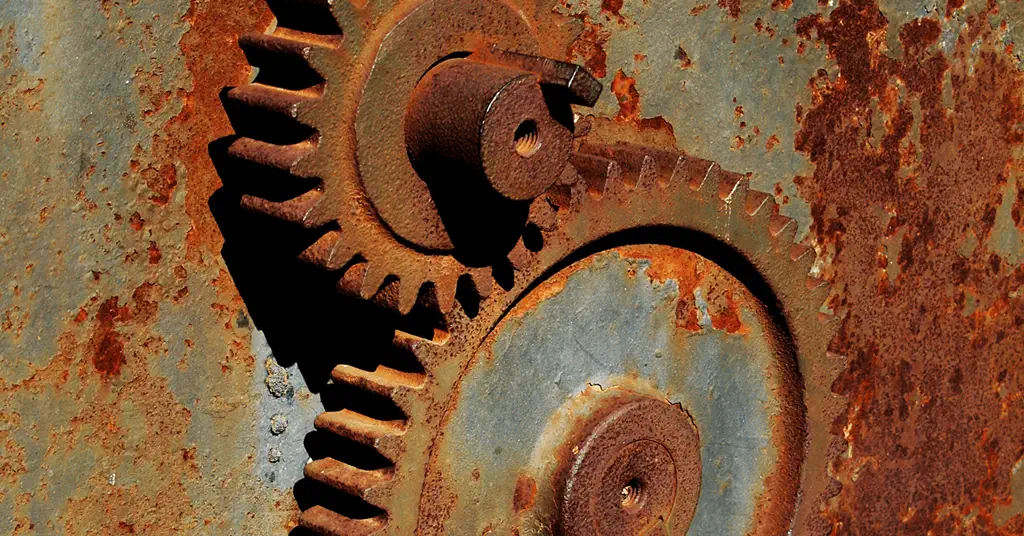
1. What is galvanizing anti-corrosion process?
Galvanizing is an electrochemical process that uses electricity to deposit zinc ions onto the surface of another material to form a thin protective layer of zinc. In the process of zinc ion plating, we usually use a zinc block as the anode and the steel part to be electroplated (or other metal materials) as the cathode and immerse it in the zinc ion solution at the same time. After applying a positive charge to the zinc block, a small amount of zinc block will be dissolved. Since the surface of the steel material at this time has a negative charge, the positively charged zinc ions will be evenly adsorbed on the surface of the steel material. If you want to adjust the thickness of the zinc film on the steel surface, you can adjust the charge amount, ionization time, and solution concentration.
After uniformly coating zinc ions on the steel surface, a chromate conversion operation is usually required. The purpose of performing the chromate conversion operation is to strengthen the zinc ion layer on the steel surface. After the galvanized steel is put into the chromate solution, the zinc ions will quickly react chemically with the chromate, making the zinc ion layer on the surface of the steel very strong.
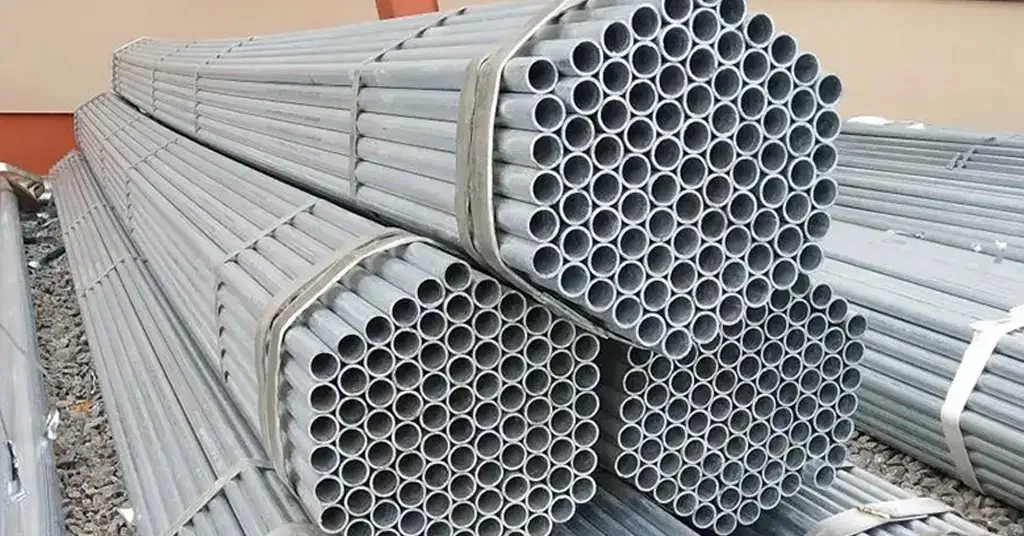
2. What is powder coating?
Powder coating is a thermosetting coating in powder form. Powder coating uses electrostatic adsorption to evenly coat powder coating particles on the surface of steel. After being baked at high temperature, the powder coating particles melt, flow and solidify into a solid coating. Powder coating has the characteristics of environmental protection, high utilization rate and no volatile gas.
The main components of powder coatings usually include resins, pigments, curing agents and additives. Among them, resin is the basic component of powder coatings and can be divided into epoxy resin, polyester resin, epoxy-polyester mixed resin, etc. Pigments give the coating its color and appearance, and curing agents cause the powder to solidify at high temperatures to form a strong film.
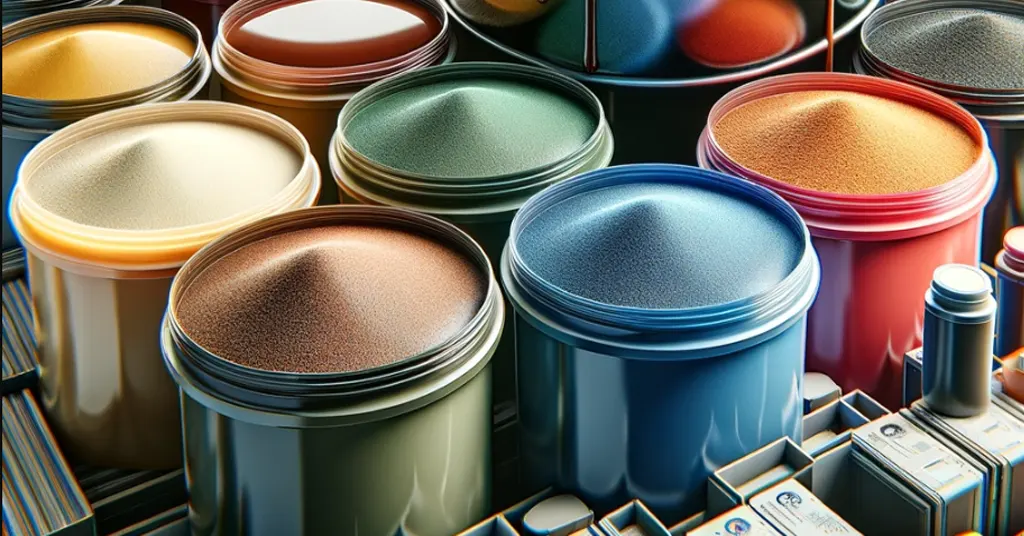
3. Causes of steel corrosion
The most common corrosion phenomenon of steel is usually called rust or oxidation of steel. The iron element in steel can easily form an oxide layer when exposed to oxygen and moisture, which is what we often call rust. Iron oxide is a compound of steel that is usually reddish-brown in color and is very brittle and can easily fall off the steel. The reason why stainless steel rarely rusts is because the iron content in stainless steel decreases, while nickel, chromium and other elements increase. In an environment containing salt, the rate of steel rusting will be greatly increased, so the use of steel in a marine environment requires special anti-corrosion treatment.
4. Advantages of galvanizing for anti-corrosion
The traditional anti-corrosion method is to isolate the steel from contact with oxygen, but galvanizing has another function. Because zinc is chemically more reactive than iron, oxygen reacts with the zinc coating before it comes into contact with the steel. That is to say, before the galvanized layer on the surface of the steel is damaged, it is impossible for oxygen to chemically react with the steel to cause rust. After the steel is electro-galvanized, it is often converted into chromate to form a strong shell that can adhere well to the surface of the steel, reducing the possibility of chipping and falling off.
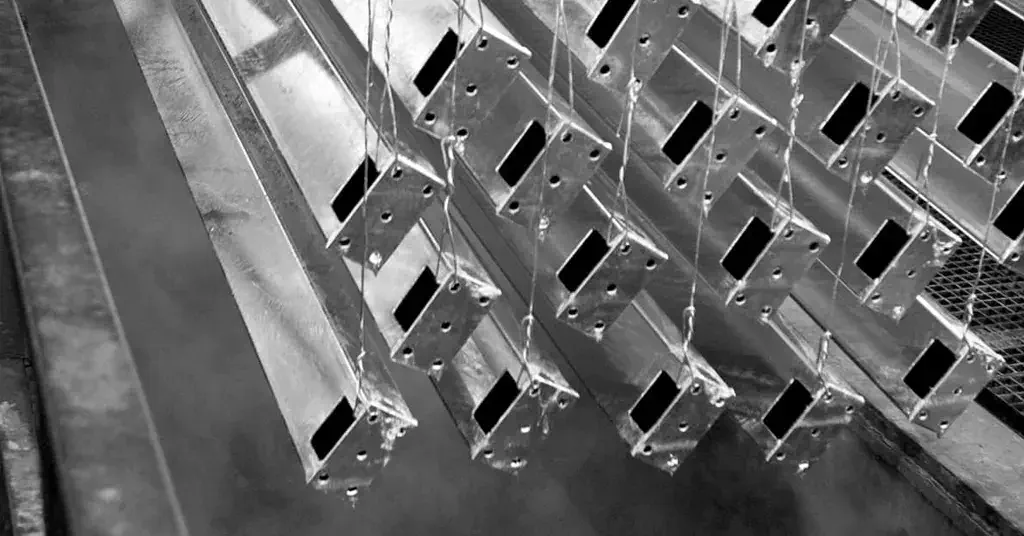
5. Disadvantages of galvanized anti-corrosion
The galvanized layer is not as durable as the powder coating and can easily expose the steel surface if it is bumped or scratched. Because zinc reacts with oxygen more easily than steel, the zinc coating will gradually be consumed. Even though chromate conversion can slow down the chemical reaction of the zinc coating, the protective period of the zinc coating will gradually decrease. Particularly in marine environments, environmental moisture and salt content can accelerate the breakdown of zinc protective coatings.
6. Advantages of powder coating corrosion resistance
After the powder coating melts and solidifies, it forms a hard and scratch-resistant shell on the steel surface. This shell basically isolates the steel from the possibility of chemical reactions with air. Powder coating can change the thickness of the steel’s protective layer according to actual needs, making it thicker than the galvanized layer. This plastic-like protective layer has strong protection against weak acid and weak alkali environments, and is unlikely to react chemically with salt even in marine environments. Therefore, in construction environments with higher protection level requirements, powder coating is usually chosen as the anti-corrosion material for steel instead of galvanizing.
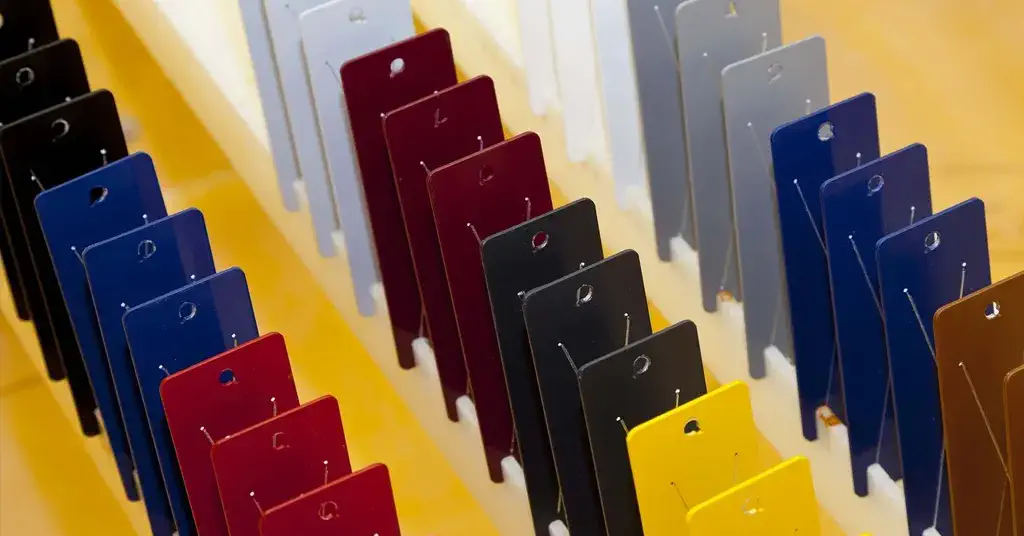
7. Disadvantages of corrosion resistance of powder coatings
Powder coatings can chip or leave holes when struck by external forces, and cannot form a tough, airtight shell. At this time, you can no longer use other powder coatings to make up for it. You can only peel off all the powder coatings and then re-spray, melt and solidify. This operation will significantly increase the cost of powder coating corrosion protection. In addition, the powder coating will have a certain thickness after melting and solidifying, which may affect the precision when assembling precision steel.
8. Factors that should be considered when selecting anti-corrosion materials
Both galvanizing and powder coating can form a long-lasting anti-corrosion coating on the steel surface, but different steel surfaces require some special anti-corrosion requirements. Here are some factors you should consider when choosing materials to protect steel from corrosion.
1. Appearance color
If you want a colorful look, powder coating is more suitable than galvanizing. Galvanized coatings are available in clear, yellow and black options during the chromate conversion process, but are much inferior to powder coatings. Powder coatings offer a wider range of color options, and even powder-coated surfaces can be made smooth or rough.
2. Steel assembly accuracy
The melted and solidified powder coating is relatively thicker than the galvanized layer. If your steel assembly is very delicate, powder coating may not be a good fit for your corrosion protection needs. In particular, some threaded parts of steel will basically not be affected if you are using a galvanized anti-corrosion process, but if it is a powder-coated anti-corrosion process, you may encounter problems when tightening the screws.
3. Thermal and electrical conductivity
The thermal conductivity of powder coating is much worse than that of galvanizing anti-corrosion process, and the electrical conductivity of galvanizing anti-corrosion process is also better than that of powder coating. If you need to make electrical connections on steel, galvanizing is the best choice. If you want to insulate the steel surface, then the powder coating anti-corrosion process is more suitable.
Conclusion
Powder coating and galvanizing are excellent anti-corrosion treatments for steel surfaces that can provide you with excellent corrosion protection. Powder-coated color options and a tough polymer shell allow the steel to withstand harsh exterior environments. The galvanizing anti-corrosion process can provide better anti-corrosion effect, and slight damage to the coating will not have much impact on the anti-corrosion effect.

Erik
Doctor of Chemical Engineering, expert in the field of powder coatings, with over 20 years of professional experience in the research and application of powder coatings
Have Anything To Ask Us?
